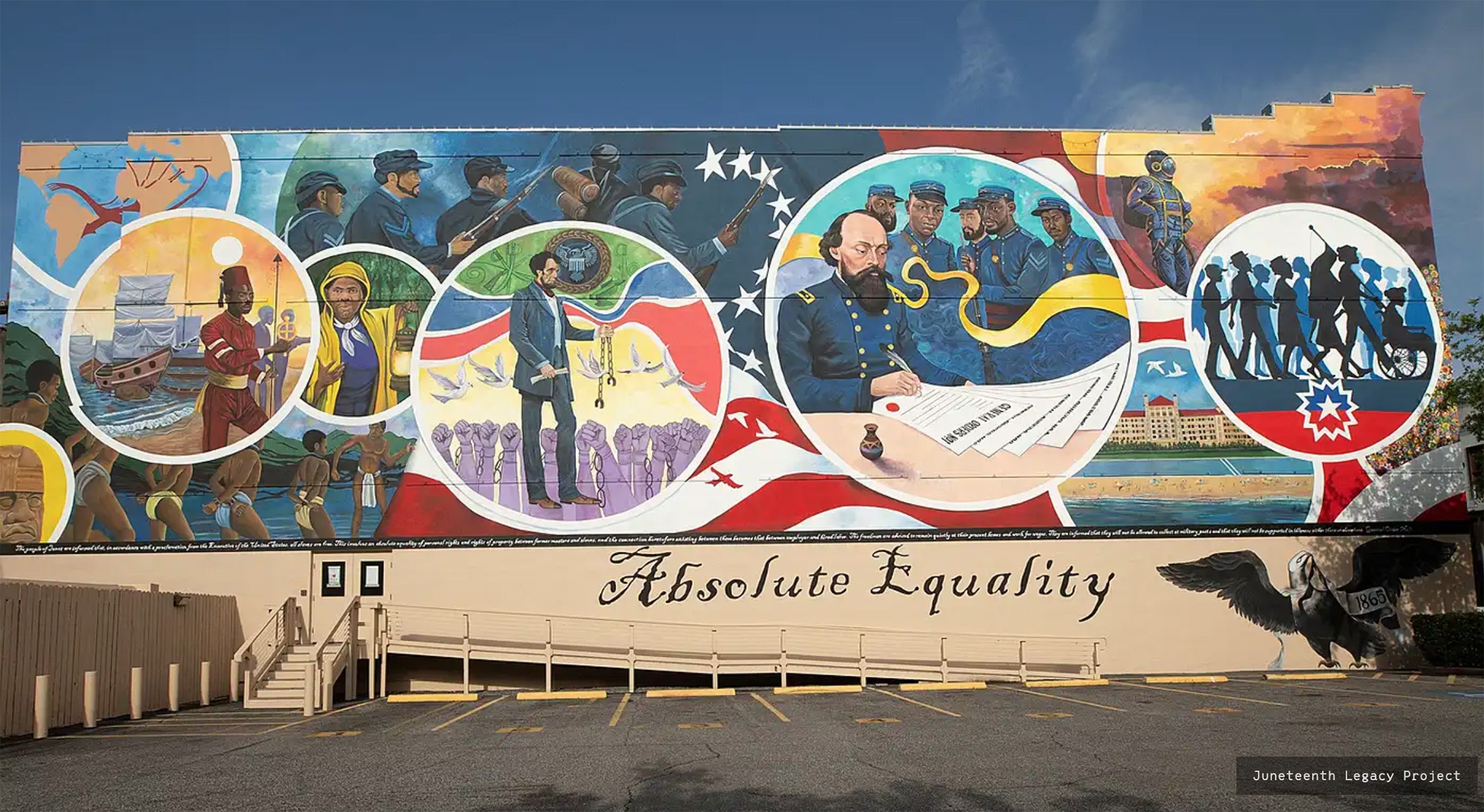
The American Civil War had been over for two months before the news arrived to much of Texas, where on June 19, 1865, in the small seaport of Galveston, Union General Gordon Granger issued the now-famous General Order No. 3: “The people of Texas are informed that, in accordance with a proclamation for the Executive of the United States, all slaves are free.”
That historic event, now referred to as Juneteenth, prompted annual celebrations in Texas starting in 1866, with widespread parties and slavery survivors educating new generations about the atrocities of the past. Those traditions held. In 1980, Juneteenth became an official holiday in the Lone Star state, and on June 17, 2021, it finally became a federal holiday.
As the Juneteenth holiday is now recognized by all 50 states and the District of Columbia, teachers across the country — particularly in K-12 public classrooms — are incorporating its history into their lesson plans.
“Students should learn about the meaning and history of this holiday and all that it represents,” said Daina Ramey Berry, UC Santa Barbara’s Michael Douglas Dean of Humanities and Fine Arts and an expert on slavery and Black history. “Just like we celebrate presidents and Martin Luther King Jr., for example, we need to make this history accessible to a wide audience of learners.”
An expert on Black history and slavery in America, Berry’s discussions with scholars, educators and college students on track to become teachers have focused on the multifaceted history of slavery and how some teaching techniques can help transform difficult classroom conversations into learning opportunities.
When it comes to the story of enslaved Black people in America, Berry advocates teaching “the arc of history,” she explained. “African people were free before they were enslaved,” and their stories move through captivity to enslavement to resistance and to freedom once again.
She emphasizes the importance of showing young students the humanity of enslaved people by studying their narratives, such as Harriet Jacobs’s autobiography, “Incidents in the Life of a Slave Girl.” As a classroom exercise, students can also write letters to the enslaved people they’ve been researching, then read those letters to classmates. “That can be a very powerful way for a young person to engage with the history of slavery,” Berry said during a recent Zoom discussion with scholars and students at the Harvard Graduate School of Education.
Deeper connections can also be encouraged through the study of slavery in the context of local history. Schoolkids in California, for example, could learn about enslaved laborers during the state’s gold rush in the mid-1800s.
Classroom props are also effective, Berry added, telling the Harvard audience about bringing raw cotton into classrooms to teach young students that many enslaved plantation workers had to harvest upward of 500 pounds of the crop each day. Another effective relational tool is to include historic photographs of enslaved families with kids the same age as the grade level.
“It’s okay to tell students, ‘We are learning about a very difficult part of the American past,’” Berry said.
But even with effective pedagogy, educators face challenges while teaching Juneteenth history.
“The most significant obstacle to bringing Juneteenth lessons into classrooms can be attributed to our current political climate of banned books and the omission of topics related to diversity, equality and inclusion,” she said. “We overcome these obstacles with education, common readings, lectures, conversations, and an influx of classroom material for educators to share with their students.”

Dr. Daina Ramey Berry
As a scholar of the enslaved, Dr. Daina Ramey Berry researches, writes and teaches about the lives of the enslaved as well as the long-lasting repercussions of slavery on society. She is a specialist on gender and slavery, and on Black women’s history in the U.S., and is a consultant for public-facing projects offered by museums, historical sites, K-12 educational initiatives, syndicated radio programs, podcasts and public television. She joined UCSB in 2022 as the Michael Douglas Dean of Humanities and Fine Arts.
Keith Hamm
Social Sciences, Humanities & Fine Arts Writer
keithhamm@ucsb.edu



